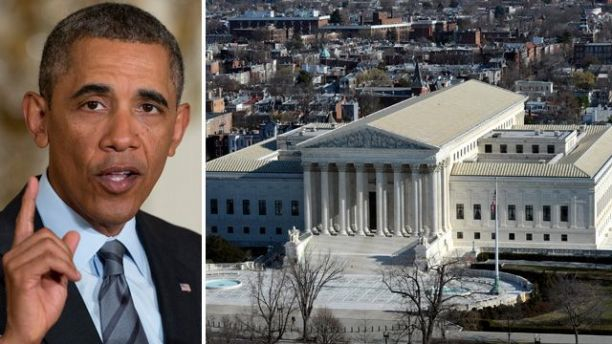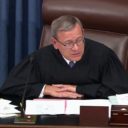
The Supreme Court justices ruled Monday to restrict and place limits on the unilateral Obama administration regulation already in place to limit power plant and factory emissions. The court ruled that the Obama administration exceeded its statutory authority when they increased regulations on stationary facilities that excude greenhouse gases, which the left blames for global warming, or now referred to as climate change.
While the decision is a huge setback for the Obama administration, executive power and to the Environmental Protection Agency, it does not affect the more-recent and highly controversial EPA rules that set the first-ever national standards for new and existing power plants. One recent proposal would mandate a 30 percent emissions reduction by 2030, which a report from the Chamber of Commerce found would will kill 224,000 jobs every year through the year 2030, and will impose $50 billion in annual costs.
The case ruling today refers to a requirement of companies who are already industrial facilities — or building new facilities that would increase overall pollution — to evaluate ways to reduce carbon emissions. The justices said that the EPA lacks authority in some cases to force companies to do so.
However, the ruling will most assuredly be used as precedent to challenge other, more radical power grabs from the EPA under Obama, who are making an effort to control the nation’s power grid in the name of climate change.
The rule in question applies when a company needs a permit to expand facilities or build new ones that would increase overall pollution. Yet, regarding the new rule, there is widespread agreement that the rule change will increase electricity prices, as there is no way to get around the fact the United States relies on coal for 40 percent of its electricity.
There is a growing concern among experts that the nation’s power grid is being unnecessarily stressed to the max. Utility officials are cautioning that the decrease of coal-fired power plants may have disastrous effects leaving the United States power system weak and vulnerable to blackouts in the future.






